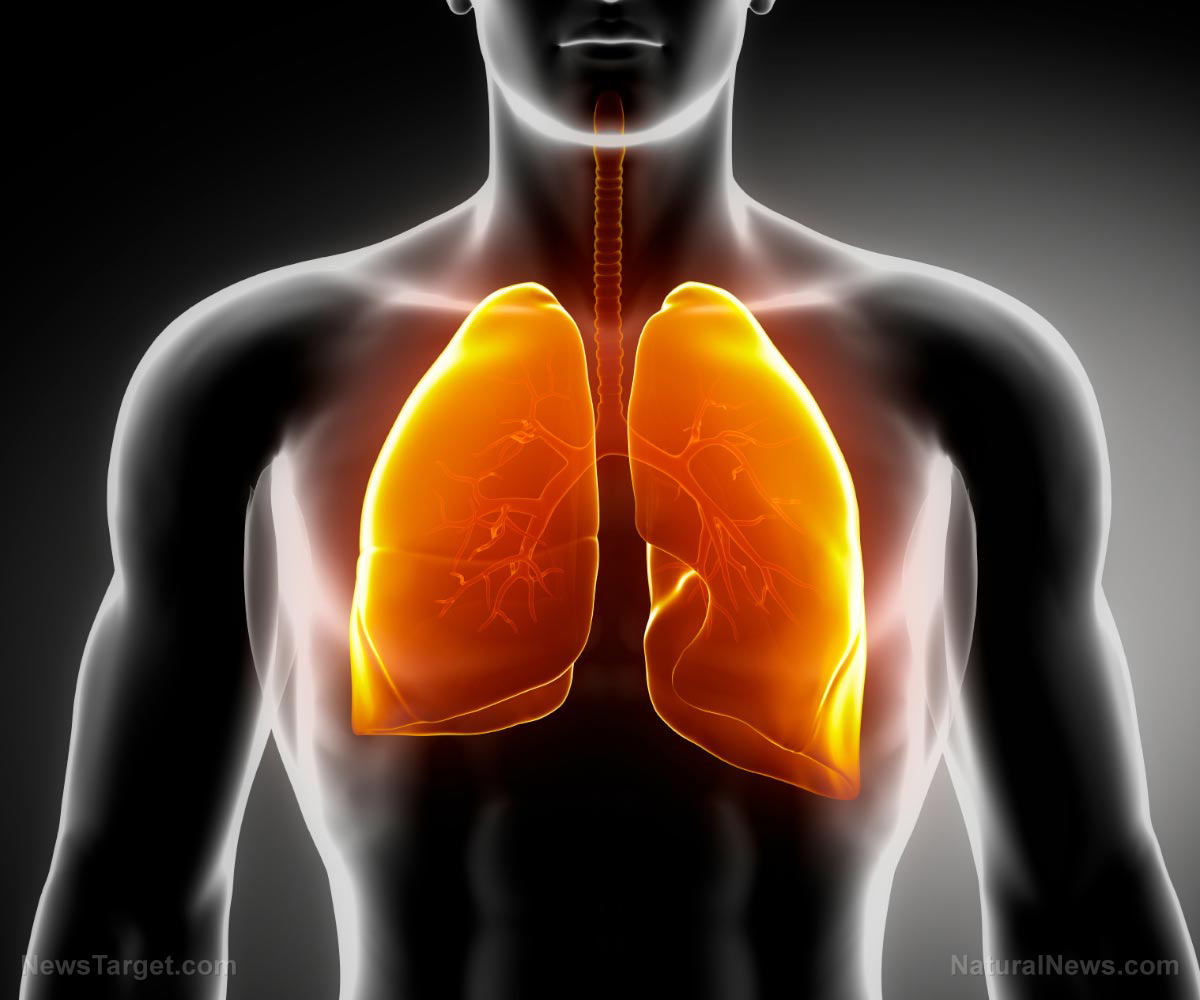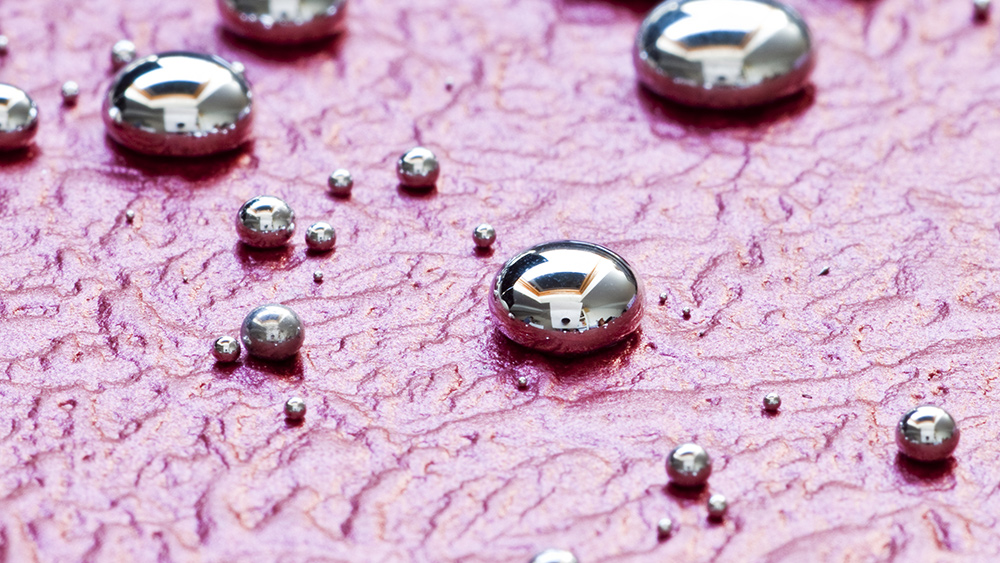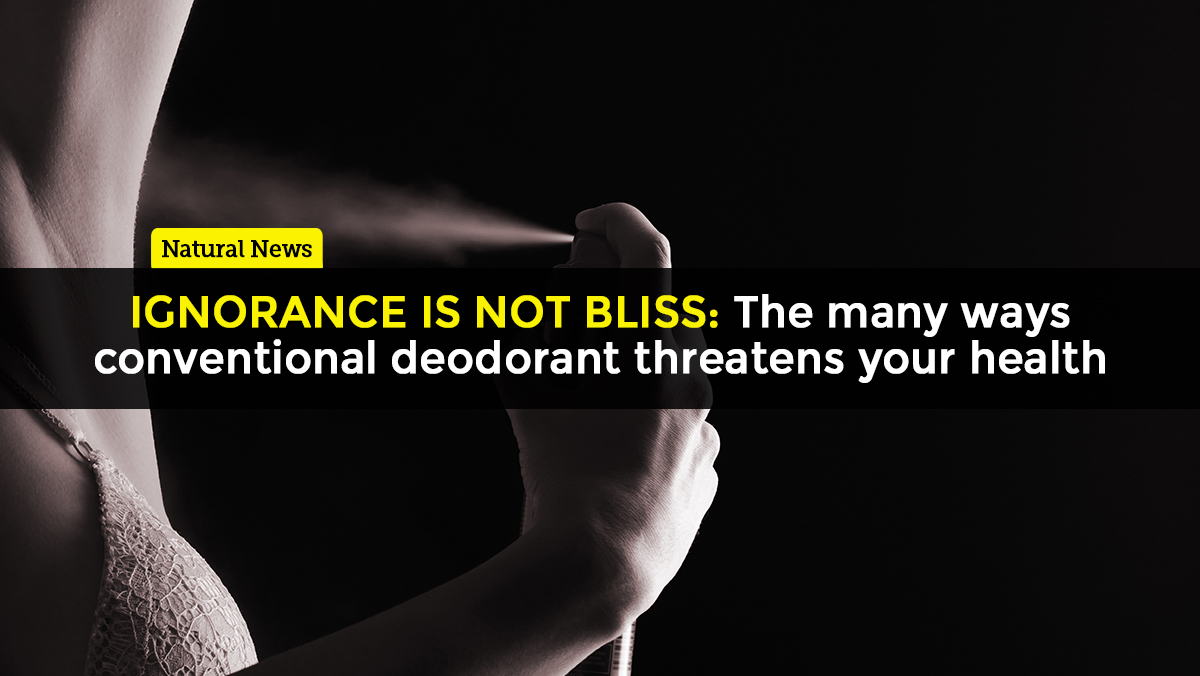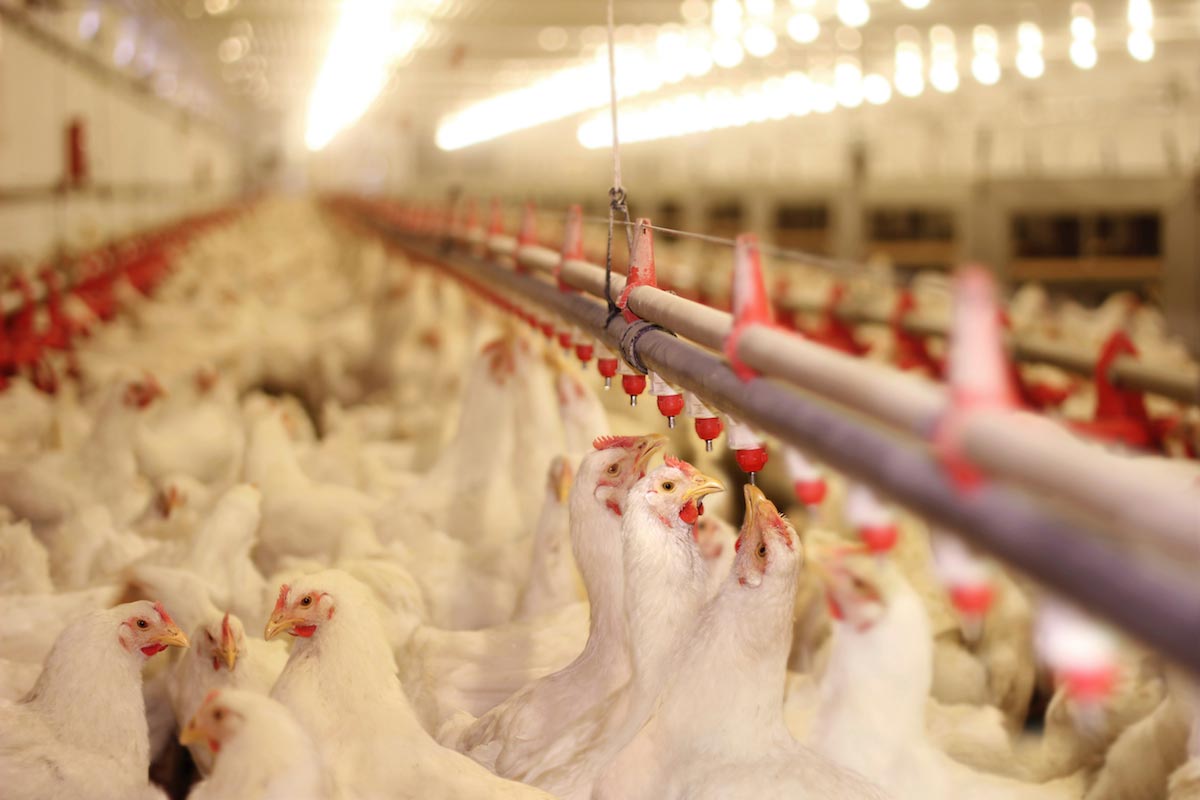WARNING: Hookah pipes that use e-charcoal are killing 80% of lung cells
04/14/2017 / By Vicki Batts

One of the most common misconceptions about hookah smoking is that it is somehow healthier than smoking cigarettes. In fact, a 2014 survey revealed that the majority of young adults between the ages of 18 and 30 who smoked hookah thought it was safe, but this assumption couldn’t be more inaccurate. The truth of the matter is that smoking hookah can actually be quite harmful, and it is certainly not a safe alternative to smoking cigarettes.
At this time, hookah does not bear the social stigma that comes with cigarettes, and it is actually viewed as a social activity; it is seen as being more like going out for a cup of coffee than an unhealthy, potentially dangerous bad habit. Hookah has grown into something of a trend over the last few years, and hookah cafes have been cropping up all across the US, and it’s popular in many other countries. But will scientific research on the toxicity of hookah smoking be enough to quash its increase in popularity?
New research from scientists at the University of Cincinnati has shed light on the potentially harmful nature of hookah smoking — and the team made a shocking find. E-charcoal, which is a ceramic plate used to electronically heat up the hookah device, are actually more detrimental to health than conventional charcoal.
The special charcoal briquettes that are often used in hookah pipes are known for being riddled with heavy metals and other toxins, but it seems that e-charcoals may not be a better alternative. The electric heating discs that are a popular substitute for the charcoal briquettes appear to come with their own substantial health risks.
To conduct their study, the UC researchers heated up the same type of hookah tobacco with three different heating elements: Two types of charcoal briquettes were used, along with the e-charcoal.
Over the course of the test period, the team found that the low-toxin briquette killed 10 percent of tested lung cells, while the high-toxin charcoal killed off 25 percent. But that wasn’t what shocked the research team. What surprised them most was the finding that the e-charcoal killed off a staggering 80 percent of the lung cells used for the testing.
While presenting a paper at the American Chemical Society conference in San Francisco, California, the study’s lead author Ryan Saadawi commented, “We’re never supposed to be surprised in science. I was shocked and excited to open a whole new field of research just based on temperature.”
Saadawi has been studying hookah smoking for years, and this latest study sought to examine the effects hookah had on lung cells with different heat sources. To ascertain these effects, the team subjected lung cells to different dilutions of hookah smoke for 48 hours. The finding that the charcoal briquette with a higher concentration of toxins killed more lung cells than the low-toxin briquette came as no surprise, but the team was startled by the cell death toll incurred by the electronic heating element. In fact, the team had assumed it would provide a nice control for comparing their results of the regular charcoal.
Instead, they found that the e-charcoal had killed almost all of the lung cells. “The results didn’t make sense. My hypothesis was to find more dead lung cells in toxic charcoal,” Saadawi noted. The finding demonstrates that toxins in charcoal are really just one of the many concerns surrounding hookah smoking.
While the conventional charcoals were also lit to an initial 300 degrees Celsius, conventional charcoal will drop in temperature with each puff of the hookah — unlike the e-charcoal, which keeps the temperature right on target. Because of this, Saadawi hypothesizes that since the e-charcoal provides a steady flow of continuous heat and maintains a constant temperature of 300 degrees Celsius, it likely promoted the release of volatile organic compounds. A higher number of polycyclic aromatic hydrocarbons being released likely contributed to the e-charcoal’s devastating effects.
Even though the e-charcoal killed more lung cells, this doesn’t grant toxin-containing charcoal briquettes a new degree of safety; they are still known to contain heavy metals like cadmium, arsenic and lead — which come with a number of health consequences aside from killing lung cells.
Sources:




















